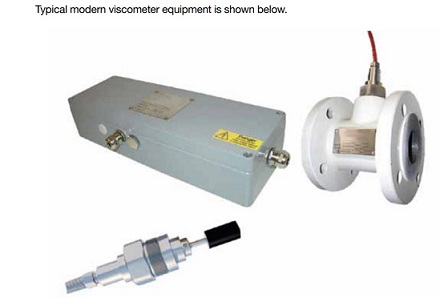
Marine Lubricating Oils Treatment
Lubricating oils are a product of the crude oil refining process. The
various properties required of the oil are obtained as a result of blending
and the introduction of additives. The physical and chemical properties
of an oil are changed by additives which may act as oxidation inhibitors,
wear reducers, dispersants, detergents, etc. The important lubricant
properties will now be examined.
The Total Base Number (TEN) is an indication of the quantity of alkali, i.e. base, which is available in a lubricating oil to neutralise acids. The acidity of an oil must be monitored to avoid machinery damage and neutralisation number is used as the unit of measurement. The oxidation resistance of a lubricant can also be measured by neutralisation number. When excessively oxidised an oil must be discarded.
The Total Base Number (TEN) is an indication of the quantity of alkali, i.e. base, which is available in a lubricating oil to neutralise acids. The acidity of an oil must be monitored to avoid machinery damage and neutralisation number is used as the unit of measurement. The oxidation resistance of a lubricant can also be measured by neutralisation number. When excessively oxidised an oil must be discarded.


